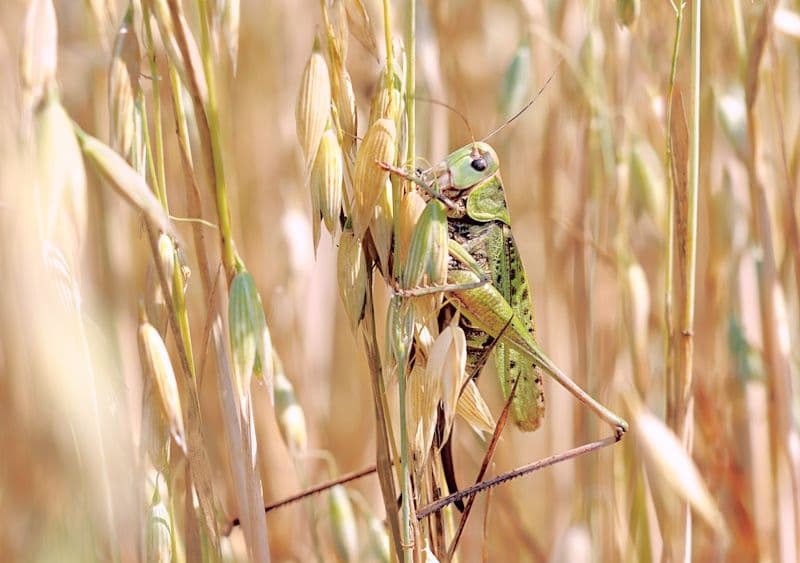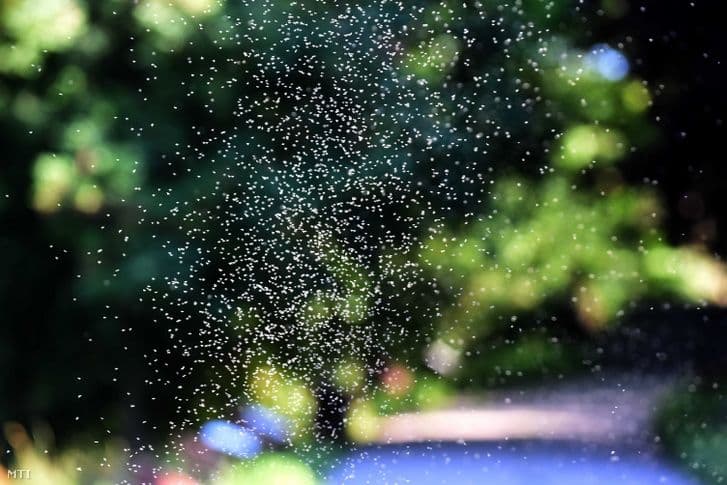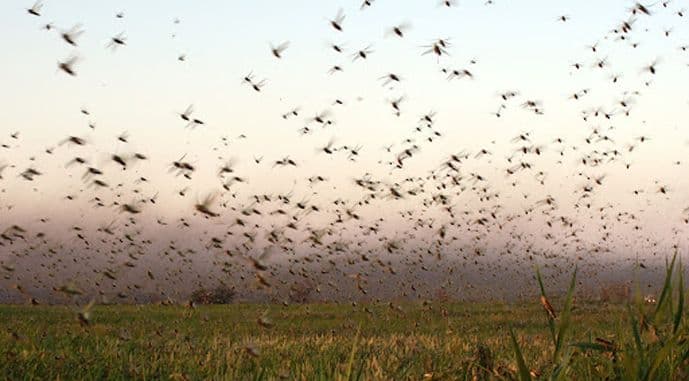The Silent Scourge: Unmasking Ukraine's Evolving Midge Menace
Discover the hidden world of biting midges. Learn about their stealthy attacks, evolving health risks, and essential prevention tips for protecting your home and health.
An Ancient Foe in Modern Gardens
Biting midges, scientifically known as , are more than just a seasonal nuisance; they are an ancient lineage of insects, tracing their origins back to the Cretaceous period. Imagine these tiny creatures, barely 2-3 millimeters in size, buzzing (or rather, not buzzing) around dinosaurs! Today, they pose a growing challenge in modern environments, particularly in . These minute, two-winged insects thrive in moisture, making areas near water bodies, lush garden plots, and the cool shade of trees and shrubs their preferred haunts. While their activity typically peaks during the milder seasons of spring and autumn, prolonged periods of summer rain and high humidity create ideal conditions for their mass emergence, turning what might seem like a pleasant evening outdoors into an unexpected encounter with these prehistoric blood-feeders. Recent reports from regions like underscore their increasing presence, signaling that this ancient foe is very much at home in our contemporary landscapes, ready to make its presence felt in the most subtle yet irritating ways.
The Micro-Hunter's Strategy: How They Attack Unseen
What makes midges particularly insidious is their stealthy approach, a stark contrast to the familiar whine of mosquitoes. Unlike their larger, more audible cousins, operate in near silence; they don't buzz, nor do they struggle against the wind, rendering them almost impossible to detect before they strike. These micro-hunters are masters of infiltration, often crawling unnoticed across exposed skin before suddenly latching on. It's the female midge, driven by the biological imperative to nourish her future offspring, that seeks a blood meal from humans, animals, and birds alike—the protein proving essential for the development of her larvae. Their breeding grounds are equally unassuming yet highly effective: damp, decaying organic matter. A small patch of rotting leaves, a bit of manure, or just a few drops of standing water in a garden can quickly become a nursery, spawning a colony of hundreds from what seems like nothing. This combination of tiny size, silent movement, and opportunistic breeding makes them truly formidable adversaries.
Beyond the Itch: Unpacking the Hidden Health Risks
While the immediate discomfort of a midge bite—intense itching, redness, and swelling—is well-known to many, the true peril extends far beyond a simple nuisance. According to , these seemingly innocuous bites can escalate into severe allergic reactions, potentially leading to dermatitis or even serious purulent complications if the bitten area becomes secondarily infected through scratching. More concerning is their role as potential vectors: midges are known carriers of arboviruses, which are infections transmitted by arthropods, including those responsible for viral fevers in animals. Globally, are implicated in the spread of devastating livestock diseases like and . While these specific human-affecting diseases haven't been widely documented in , existing cases of animal infections serve as a stark reminder of their pathogenic potential. The emerging threat lies in how climate shifts could open the door for new, more dangerous species, perhaps even from as far as , to establish themselves and introduce novel health challenges to the region. Should a bite result in expanding redness, fever, or significant swelling, immediate medical attention is absolutely critical.
Arming Yourself: Practical Defenses Against the Invisible Adversary
Given the subtle yet significant threat posed by these tiny blood-feeders, proactive defense becomes paramount. Experts emphasize a multi-layered approach to minimize contact with midges. Start by fortifying your home: installing protective screens on windows can create a vital barrier against their entry. When venturing outdoors, especially for gardening or in areas known for midge activity, opting for closed clothing that covers as much skin as possible is a simple yet effective deterrent. Don't forget the power of repellents; using products approved for use in on exposed skin can significantly reduce your vulnerability. Timing also plays a crucial role: avoiding outdoor excursions during evening hours, particularly near water sources or dense vegetation where midges are most active, can spare you considerable discomfort. If a bite does occur, prompt first aid is key: gently wash the affected area with soap and water, and resist the urge to scratch, as this can lead to secondary infections. Applying an antihistamine gel or taking an anti-allergic medication can help alleviate the itching and swelling. Remember, however, that persistent or worsening symptoms like expanding redness, fever, or severe swelling warrant an immediate consultation with a medical professional.
A Changing Landscape: Midges in a Warming World
The escalating presence of midges in isn't merely a localized issue; it's a stark indicator of broader environmental shifts driven by . Scientific research consistently points to climate change as a major factor in the expansion of blood-sucking insect populations, and are no exception. Entomologists in have noted a discernible increase in midge numbers, attributing this trend to milder winters that allow more larvae to survive and thrive, coupled with alterations in natural ecosystems that favor their proliferation. This warming trajectory carries profound implications. The potential for new, more virulent midge species to migrate from warmer climates, perhaps even from distant continents like , and establish themselves in is a growing concern. Such migration could introduce novel pathogens, transforming the current health landscape. Consequently, raising public awareness about the risks associated with midge bites and effective prevention methods is no longer just good practice—it's an urgent public health imperative. As the region experiences increased humidity and unpredictable weather patterns, the question of bio-safety against these evolving insect threats takes on an unprecedented urgency, demanding vigilance and adaptive strategies from communities and public health authorities alike.
Related Articles

The Unintended Consequence: Unmasking the Paradox Behind Ukraine's Locust Surge

The Unintended Consequence: Unmasking the Paradox Behind Ukraine's Locust Surge

Siófók's Summer of Shadow: Navigating the Delicate Balance of Protected Pests and Thriving Tourism

Siófók's Summer of Shadow: Navigating the Delicate Balance of Protected Pests and Thriving Tourism

Whispers on the Wind: Ukraine's Locust Surge and the Unforeseen Harvest of Conflict

Whispers on the Wind: Ukraine's Locust Surge and the Unforeseen Harvest of Conflict

The Invisible Enemy: Unmasking Chikungunya's Debilitating Grip and the Global Quest for Resilience
